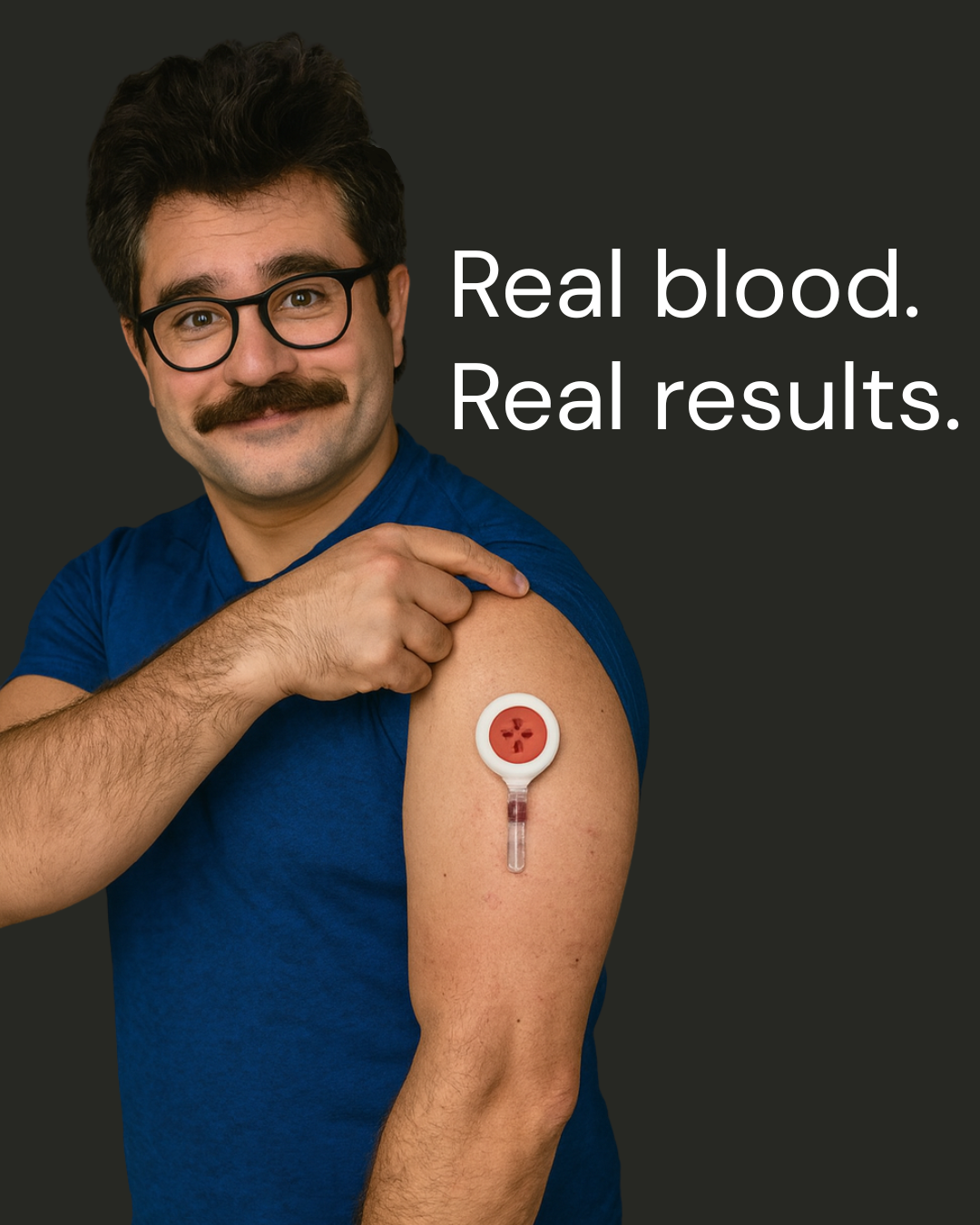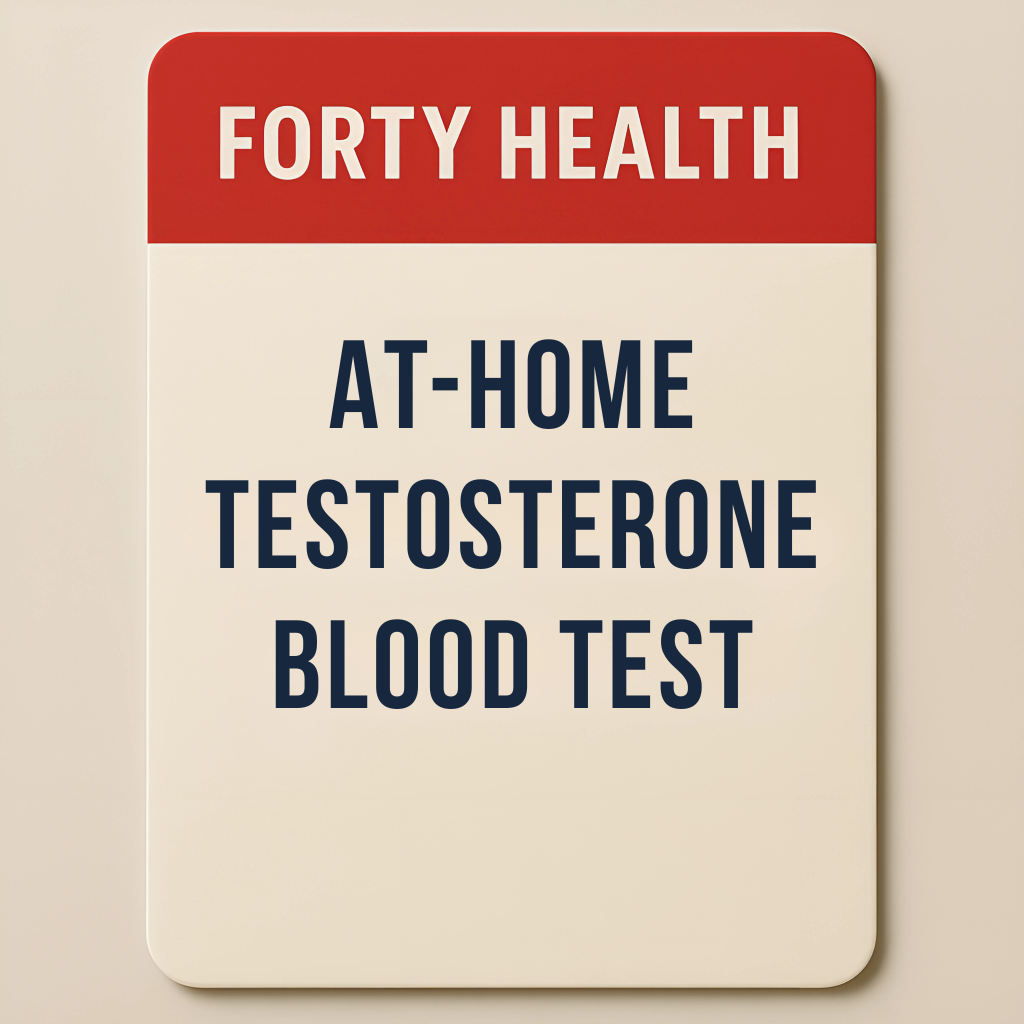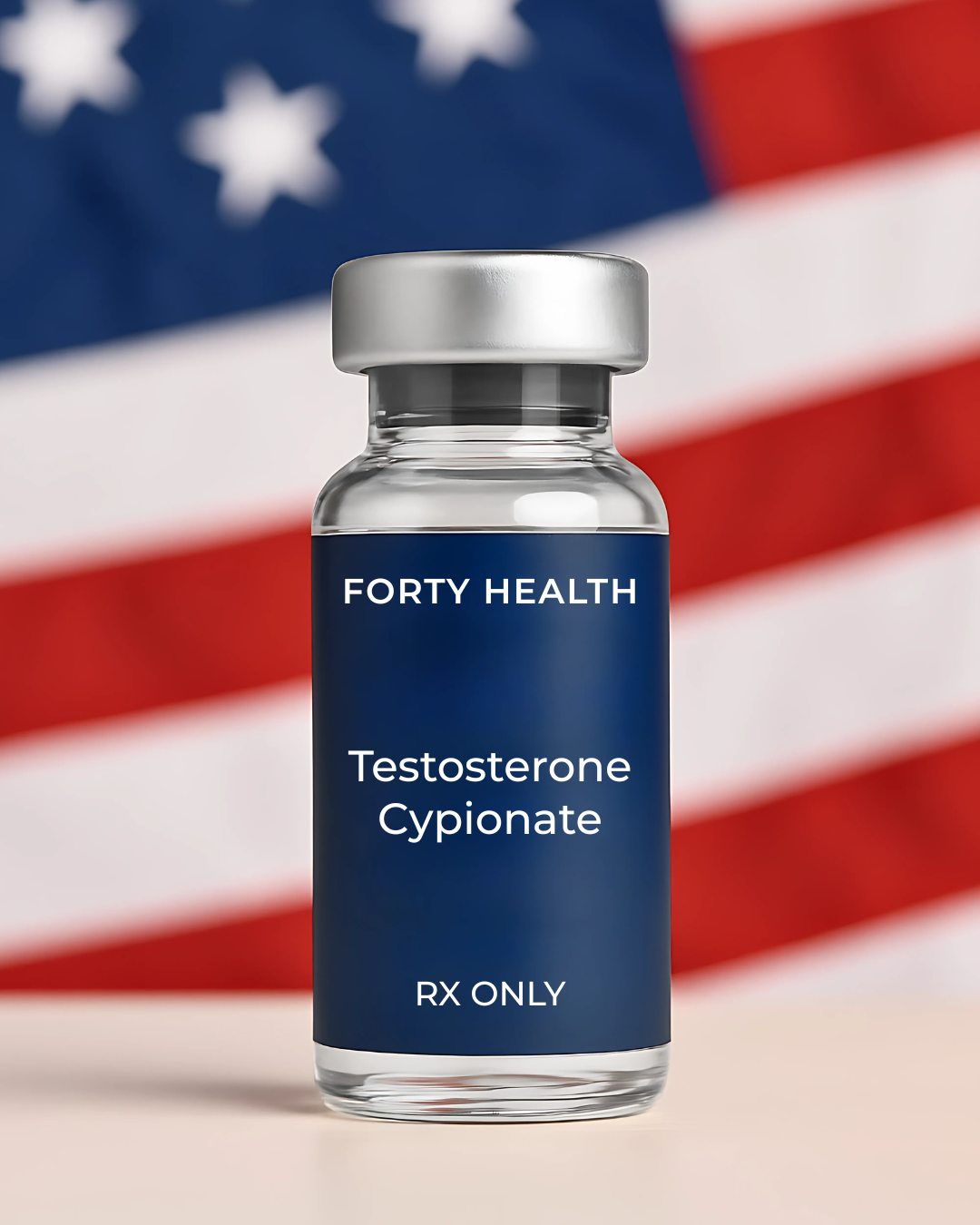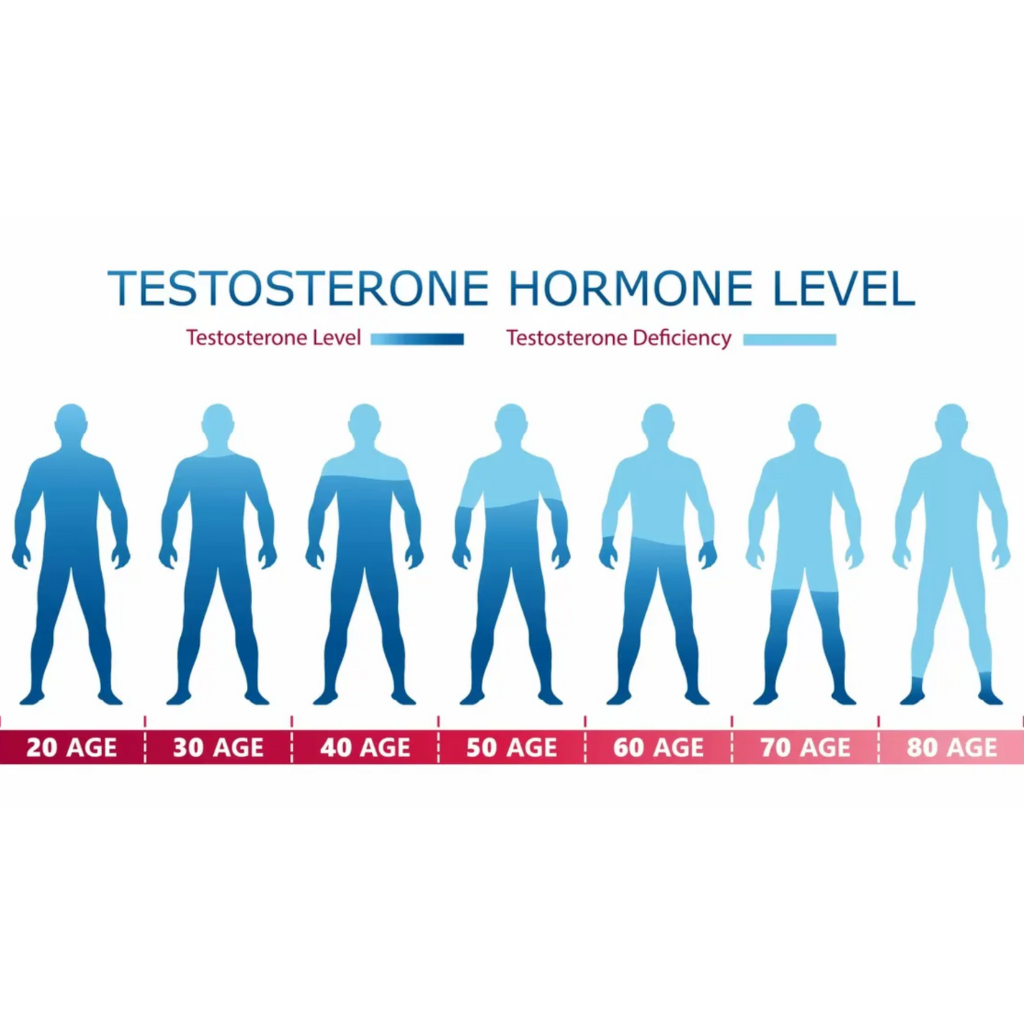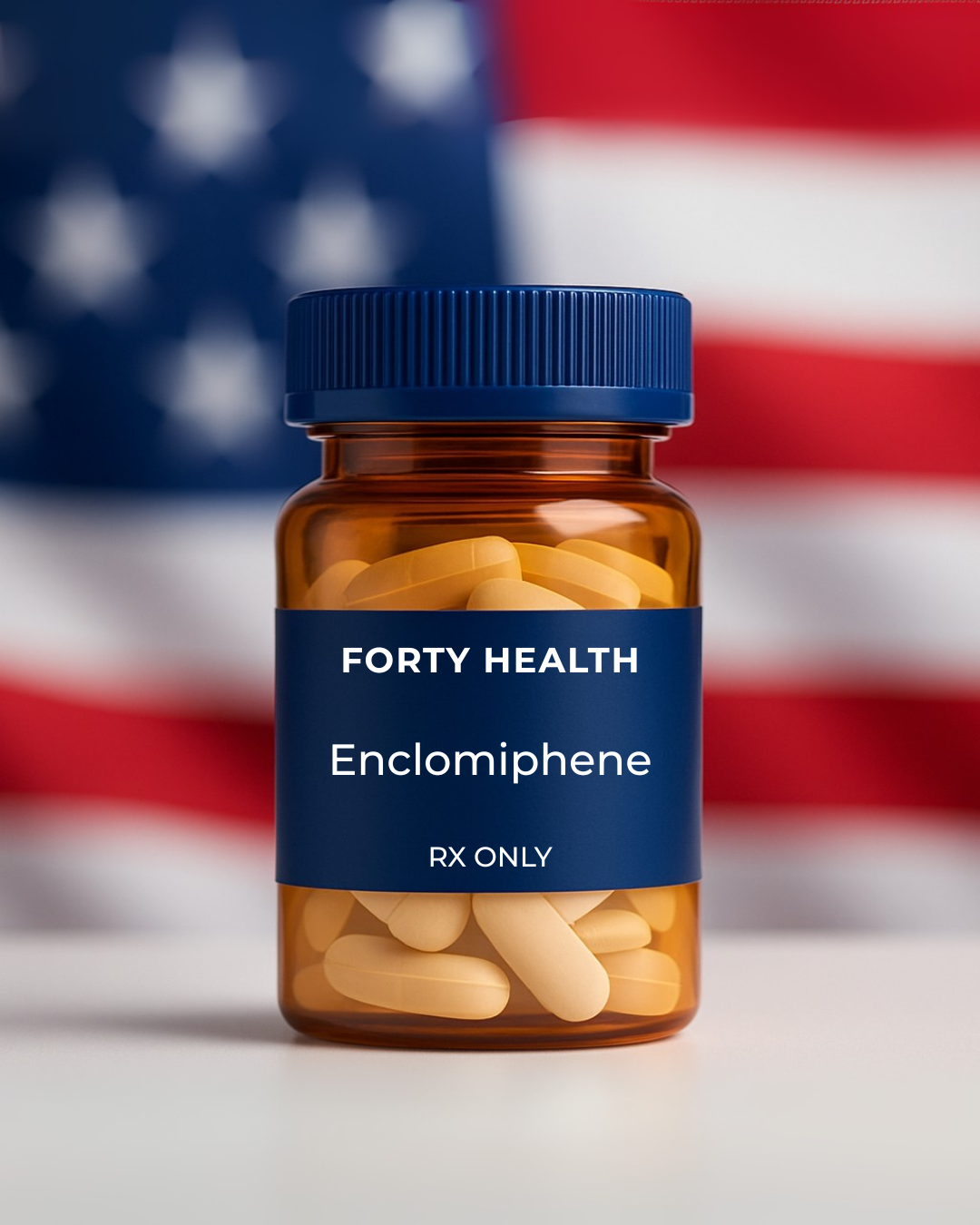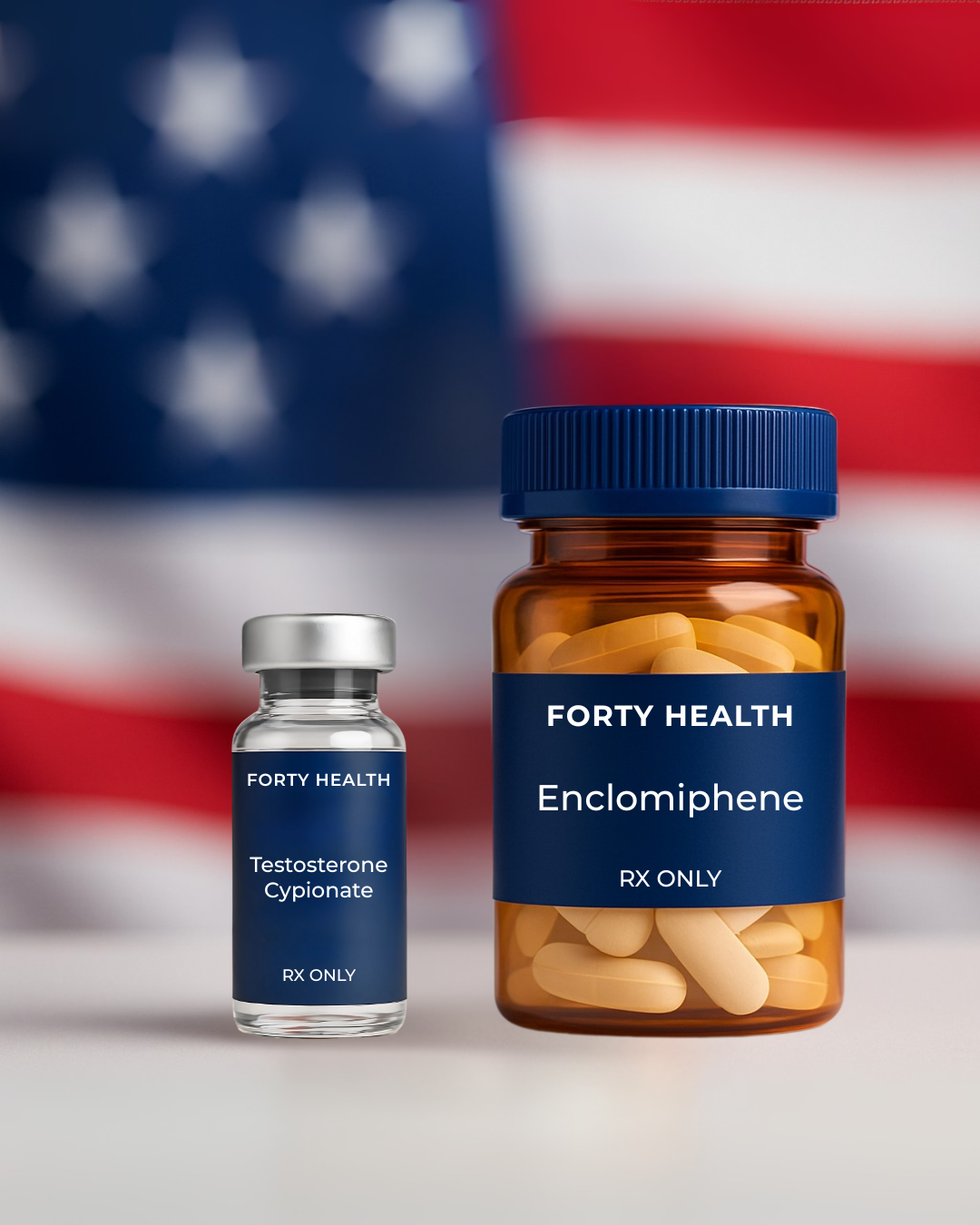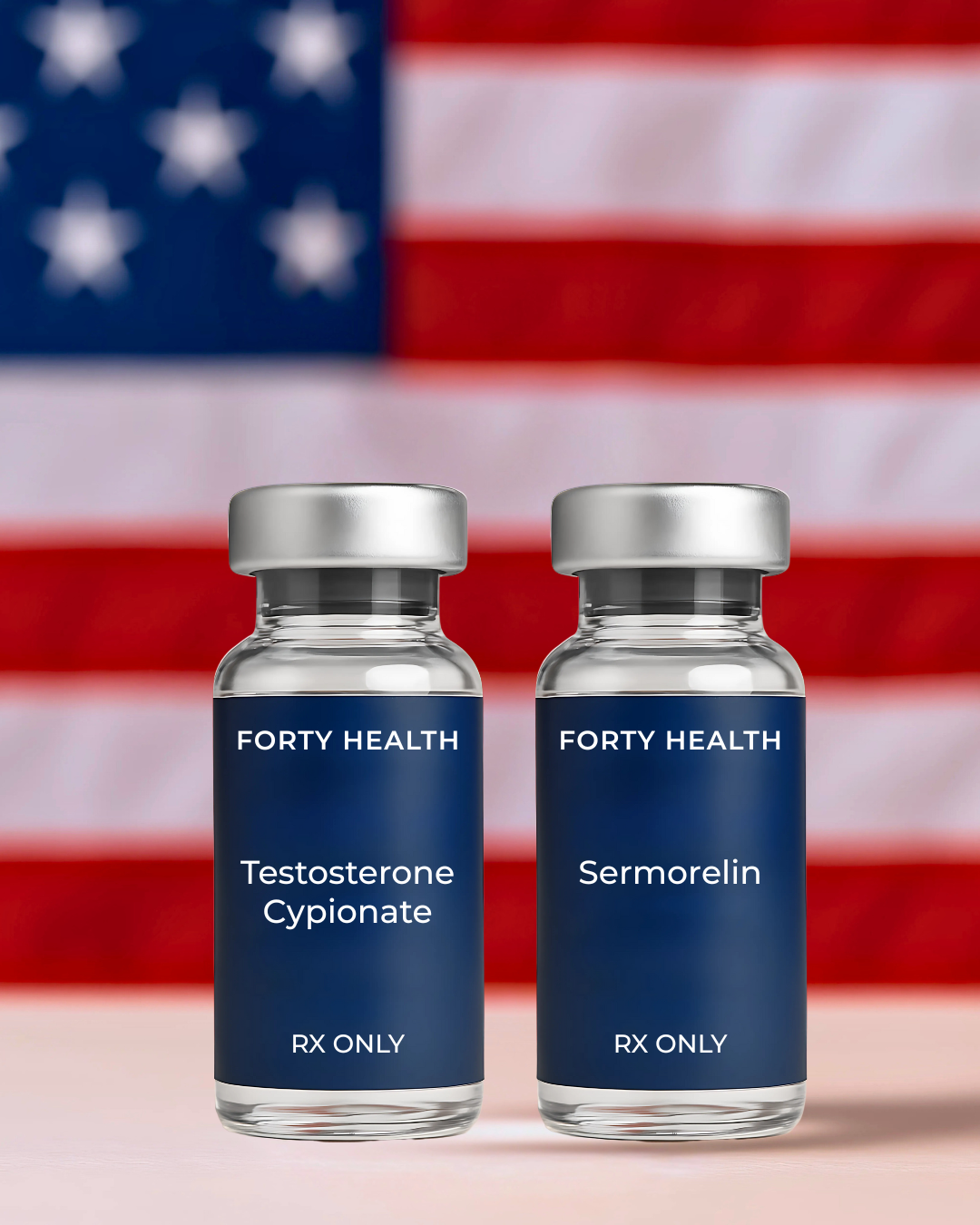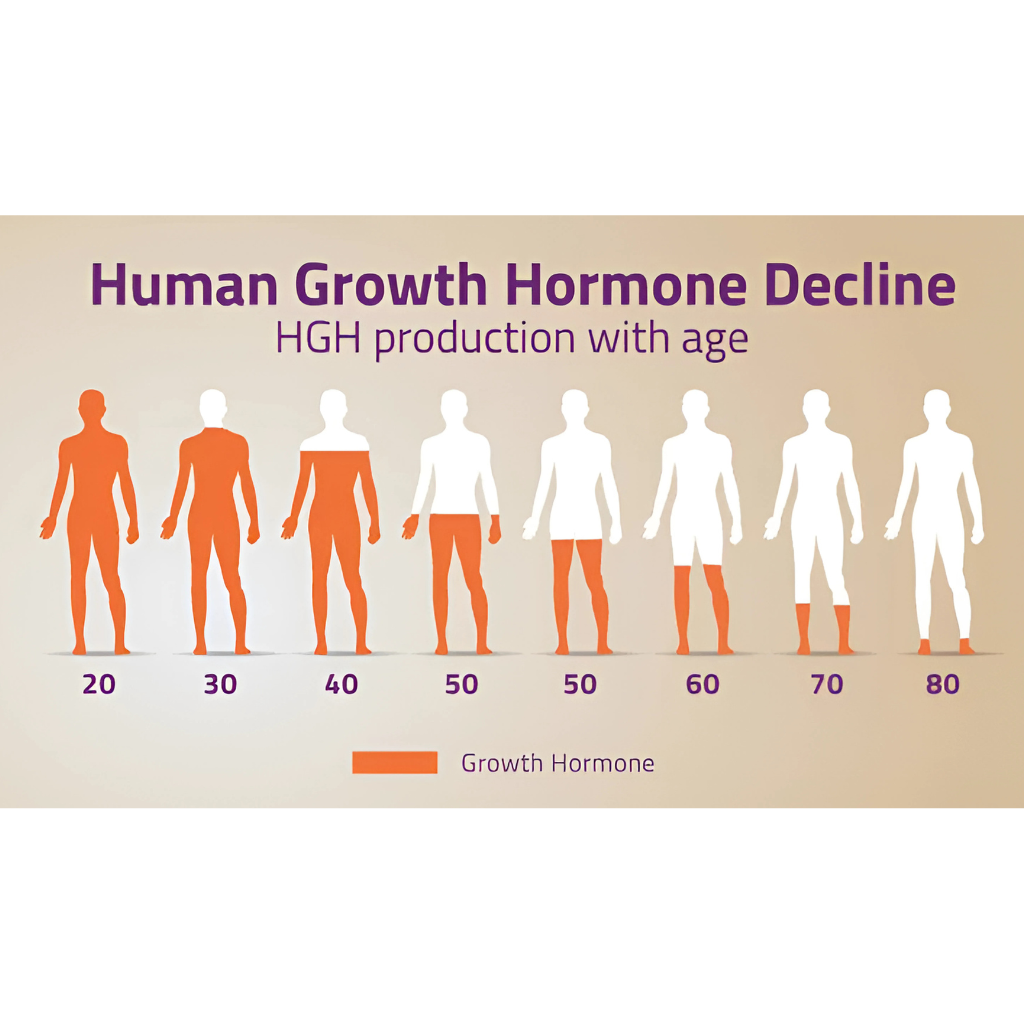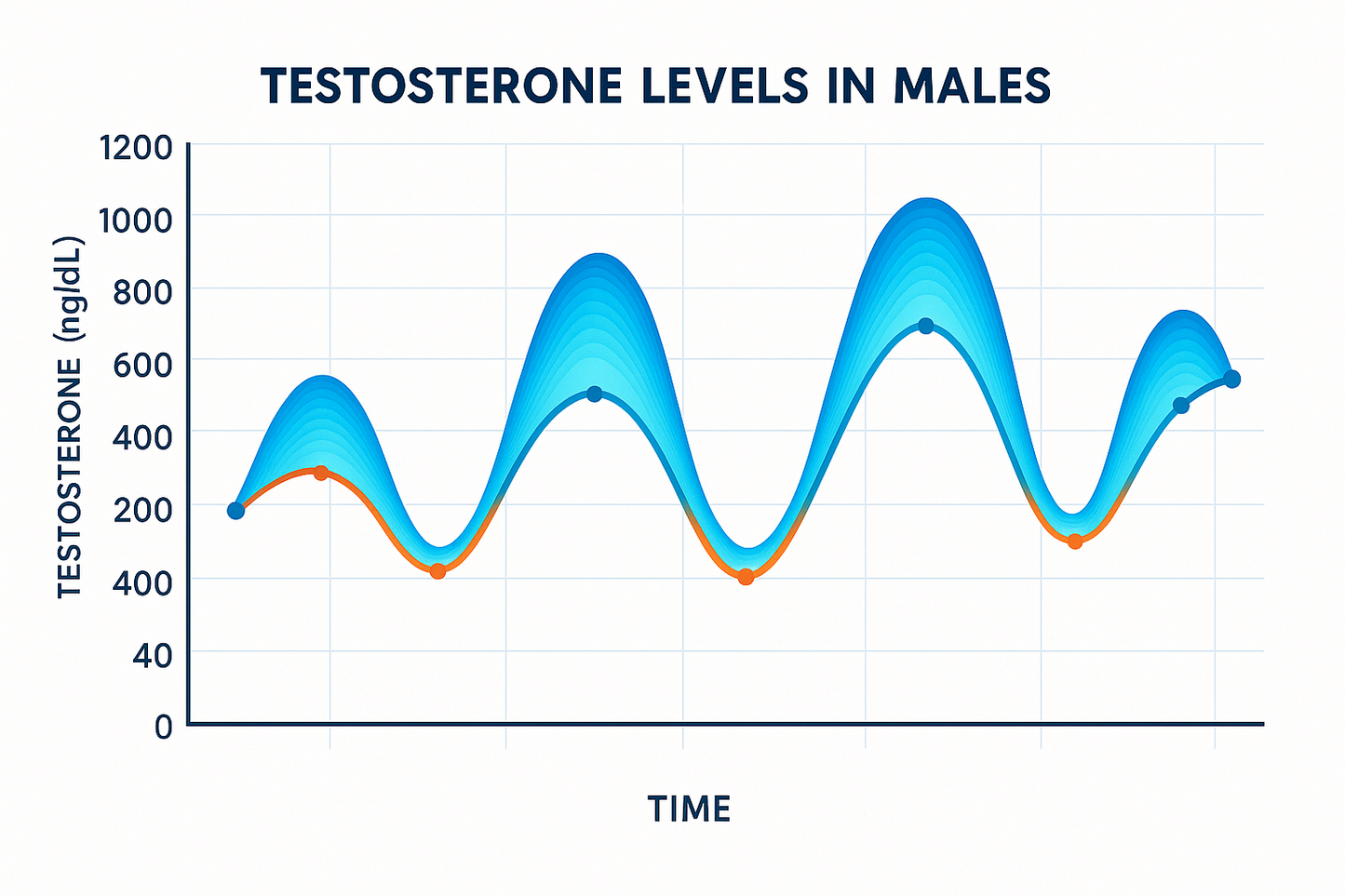
Testosterone Replacement Therapy (TRT) is a life-changing treatment for most men with low testosterone, having symptoms like fatigue, brain fog, low libido, and mood swings. But starting with TRT is merely the beginning. To truly feel your best and stay safe, it's important to monitor your testosterone levels at the right time after each injection.
In this blog, we're going to break the entire process down simply, no big words or long sentences, just actual and applicable information.
Best Time to Check Testosterone Levels After Starting Injections
The best time to check testosterone levels after starting injections depends on the type of testosterone being used and the frequency of injections. For a Testosterone cypionate injection weekly or bi-weekly injections, 4 weeks after starting therapy is best to assess preliminary effect.
Breaking it down:
- This provides a realistic "middle-ground" reading, not too high, not too low.
- It is the average level of testosterone your body maintains during the weeks.
- This can help assess if the dosage is therapeutic.
Why should this be important? Because if your physician increases your dose according to a peak blood test, they may assume you have excess testosterone and decrease your dose when you don't need to. Conversely, if your test is at the trough (just before your next injection), they may assume you need more and increase your dose when you don't.
Monitoring Beyond Simple Testosterone
When you are on TRT, it's not only a matter of testing testosterone. Your doctor might also watch for other things to keep you safe and get the best out of it:
- Estrogen (estradiol): Testosterone in the body can be converted to estrogen. Excessive amounts will lead to side effects such as bloating or mood swings.
- Hematocrit and hemoglobin: TRT can raise the red blood cell levels, increasing the blood's thickness.
- PSA (prostate-specific antigen): Monitored in older men to ensure prostate health on an annual basis.
- LSH and FSH: These are secondary hypothalamic-pituitary-axis (HPA) hormones that can indicate a primary or secondary etiology for hypogonadism.
- Sperm Count: For men that are trying to conceive, it is important to note that exogenous testosterone decreases sperm production due to the secondary feedback mechanism of HPA. In fact, some men even use TRT as a male birth control! If you are trying to conceive, you should not take exogenous TRT as your sperm count can take 12 months to recalibrate after cessation of TRT (unless that fits your timeline).
So, when your doctor orders a “TRT check-up,” they’re usually checking more than just testosterone.
Read also: Does Edging Increase Testosterone? Is Edging Good or Bad for Testosterone?
Why Timing Matters in TRT Monitoring
Just imagine this: you sit down to have your testosterone test, and your levels come back perfectly normal. Great, right? But if you had tested your blood too early or too late, after the injection, then your results don't reflect your actual average testosterone level. This could lead to you being over- or undermedicated.
Testosterone levels fluctuate in the body due to both the natural production cycle and the absorption (peaks and troughs) after injection.
That's why getting your blood test at the right time is as important as getting the injection itself. The best practice to gauge your initial testosterone level is to check it early in the morning and on two occasions.
When you inject testosterone, your natural body production can get depleted (not a problem if it is already low), as far as the Free Testosterone (bioavailable), after taking a dose of TRT, it will peak after absorption, and then slowly tapers off until the next injection. This pattern affects how you feel and what your blood tests indicate.
How Testosterone Injections Work
There are many different types of trt injection, but the most commonly used type in TRT is testosterone cypionate or testosterone enanthate. They are long-acting esters that are administered into the muscle.
Testosterone begins to increase hours after injection.
Testosterone peaks 24 to 72 hours after the injection. After the peak, levels slowly decrease until the next injection (typically every 7 days).
Thus, if you test your levels too close to injection time, you could catch them at their peak. Too far away from the shot, and you could see the trough. This means your doctor won't get an accurate weekly average to monitor your therapy properly.
What to Expect from Blood Testing
Most tests are done in the morning, when testosterone levels are naturally higher. You’ll likely be asked to fast overnight before your test.
The laboratory (or at-home testing kit) will draw blood from your arm, and the results typically return within 1–3 days.
Knowing the right time to test helps you control your TRT journey. You can arrange your blood work around the appropriate time following your injection to minimize risk and enhance accurate results.
Adjusting Your Dose According to Test Results
If your level of testosterone is:
- Too low: Your physician can increase the dose or frequency.
- Too high: You might need to reduce the dose or extend the interval between injections.
- Varying too widely: To maintain levels consistently, your doctor might recommend less frequent but smaller injections (such as every 3.5 days).
It's not a one-size-fits-all solution. Your lifestyle, goals, and body are all one-of-a-kind, so your TRT protocol should be.
Also read: 10+ Signs of Low Testosterone
How You Feel Still Matters
Blood tests are important, but they're only part of the picture. Your doctor will also want to discuss:
- How's your energy?
- Is your sex drive back?
- Are you feeling more mentally clear?
- How's your sleep and mood?
Sometimes, your testosterone number may appear "normal," but you still don't feel quite right. That's okay. This is why regular monitoring and open communication with your doctor are important. Especially considering that the “normal range” is based on studies that are decades old and don’t take into account the age relevant normal.
Want to Monitor Your Progress at Home?
If you want to know your levels between check-ups, there are home-based testosterone tests (available at Forty Health). This will give you your T levels however, it is important to have a licensed medical practitioner help to interpret the results.
And if you want a trustworthy, high-quality TRT, such as natural T support, oral TRT or testosterone injections, see Forty Health. We have a variety of testosterone-related products that benefit men's health, whether you're initiating TRT or maximizing your wellness regimen.
Key Takeaways
- Test your testosterone levels 3–4 days after your injection to obtain the most accurate, average reading.
- Don't test immediately after your injection (too high) or shortly before your next one (too low).
-
Regular monitoring keeps you safe and fine-tunes your dose.
- For the best-quality testosterone support, check out Forty Health.
Also read: 5 Everyday Habits That Are Secretly Destroying Your Testosterone
Last Thoughts
TRT is not only about adding testosterone to your body; it's about adding the right amount at the right time. After your shot, getting tested at the right time keeps you on track, makes you feel your best, and prevents unwanted side effects.
Whether you're just starting on TRT or modifying your plan, maintain consistent timing and open communication with your healthcare provider. The synergy of good science, frequent check-ins, and attention to your body brings about real wellness.
FAQ on Testosterone Blood Test
1. When should I test my testosterone level after an injection?
The optimal time for testing your testosterone level is 3 to 4 days after your injection if you are on a weekly injection regimen. This gives your physician the best overall average reading of the amount of testosterone in your system during the week.
2. What if I test my testosterone too early after an injection?
Testing too early, at 24 hours, can read peak levels you're only up to briefly on that day, but don't reach all week long. This can cause an incorrect estimate of the testosterone your body requires.
3. What about testing too late as I approach my next shot?
Too close to your next shot, the test may reflect a trough or your lowest point for testosterone, possibly causing your doctor to believe that you need more when you might not.
4. Which testosterone injections does this timing hold for?
This advice holds mainly for testosterone cypionate and enanthate, the most frequently used long-acting esters in TRT. Other presentations, such as testosterone undecanoate or gels/patches, will have varied timing needs.
5. Should I fast before taking a blood test for testosterone?
Yes, many clinics advise fasting overnight before your blood draw to allow accurate hormone and lipid panel readings.

